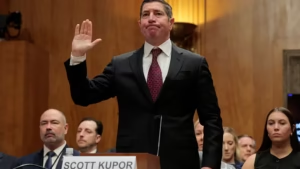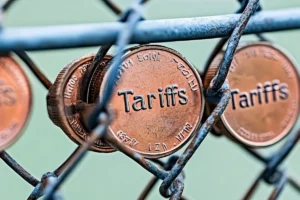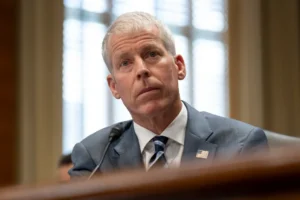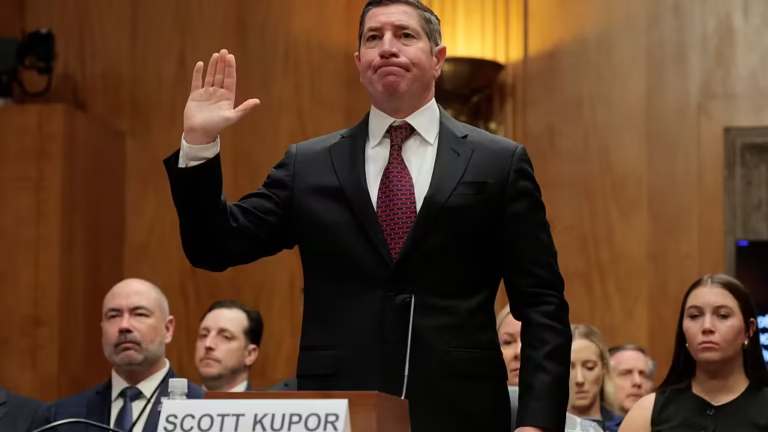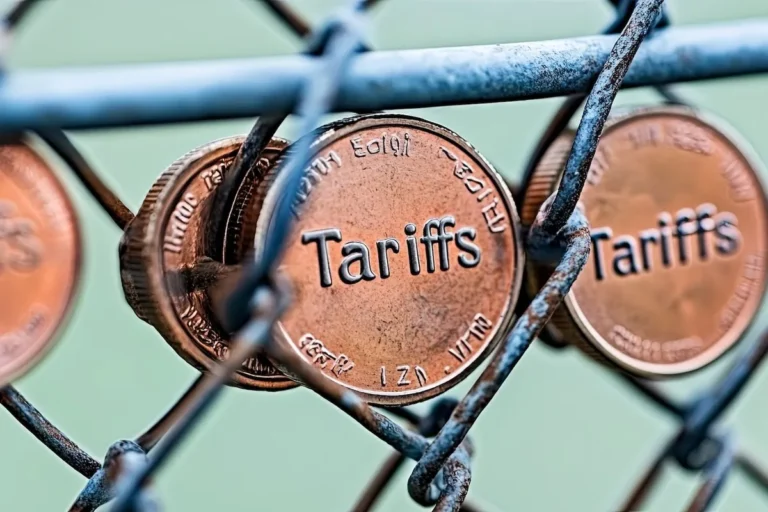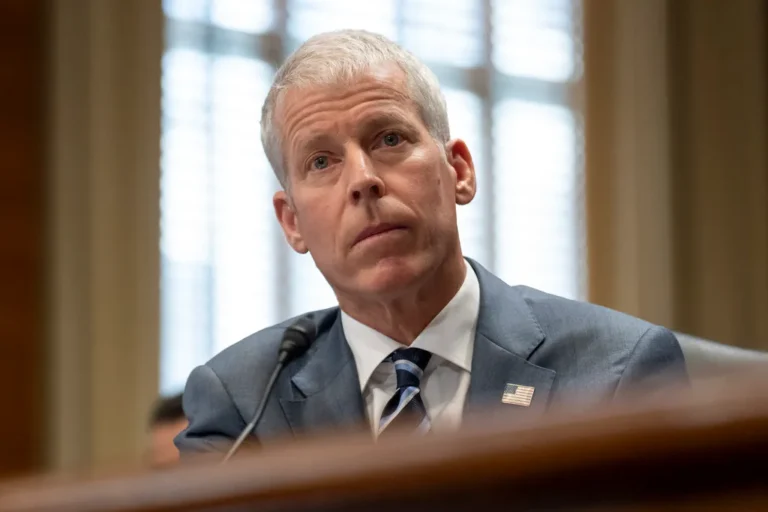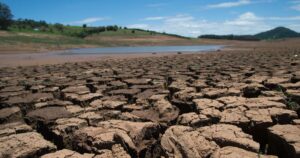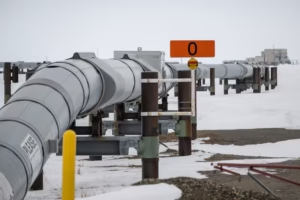Federal Cuts Could Dismantle Critical News Infrastructure in Isolated Communities
Trump Public Broadcasting Cuts, In remote corners of America, public radio is more than just a source of information—it’s a lifeline. In places like Kotzebue, Alaska, where temperatures plunge and snowstorms rage without warning, public radio stations such as KOTZ provide real-time alerts that can mean the difference between life and death. But these vital services now face extinction as President Donald Trump moves aggressively to strip federal funding from the Corporation for Public Broadcasting (CPB).
Trump Targets NPR and PBS in Sweeping Spending Rollback
President Trump is doubling down on his longstanding hostility toward public media. The administration’s latest budget plan seeks to eliminate $1.1 billion in federal funding from the CPB, which supplies essential support to PBS, NPR, and hundreds of local affiliates across the country. Trump has framed the effort as part of a broader $8.3 billion rescission package that also slashes foreign aid, but public broadcasting appears to be a special target of his ire.
On Truth Social, Trump declared:
“DEFUND THE CORPORATION FOR PUBLIC BROADCASTING (PBS and NPR), which is worse than CNN & MSDNC put together.”
Local Stations Face Existential Threat
Though public outrage often centers on national outlets like NPR and PBS, the majority of CPB funding—over 70%—goes directly to local stations. These include rural outlets that serve small towns, tribal communities, and isolated regions.
At KOTZ in Kotzebue, Alaska, federal funds make up 41% of the station’s income. Reporter Desiree Hagan is often the only journalist reporting live from inside the Arctic Circle. In winter storms, when electricity fails and airports flood, KOTZ keeps residents informed and safe.
“Winter is not a joke here,” Hagan says. “It is life and death.”
A Blow to Rural America—Trump’s Strongest Base
Ironically, many of the areas hardest hit by the proposed cuts are rural regions that overwhelmingly supported Trump in the last election. Stations like Marfa Public Radio in West Texas broadcast across Republican strongholds, where local listeners rely on public radio for emergency updates and hyperlocal coverage.
More than a third of Marfa Public Radio’s funding comes from federal grants. News Director Travis Bubenik warns that without this support, the station may be forced off the air—or severely cut back its programming.
“It’s scary,” he admits. “We’d lose the ability to tell stories that matter to the people here.”
A Lifeline for Native Communities
In Alaska, public broadcasting is not just about weather alerts. At KOTZ, more than 90% of the audience is Inupiat, an Alaska Native community. Elders broadcast in the Inupiat language, preserving cultural identity and connecting generations through traditional stories and news.
“If this station goes silent, we lose a vital connection to our heritage,” Hagan says. “These cuts would have ripple effects across every aspect of society.”
Senate Republicans Caught in the Crossfire
The bill now moves to the Senate, where at least four Republican votes could halt its progress. But the outcome is far from certain. While some GOP senators remain loyal to Trump’s demands, others are feeling the heat from constituents.
Alaska Senator Lisa Murkowski has emerged as a vocal opponent of the cuts, citing the unique challenges of her state.
“This funding is not frivolous,” she said. “It saves lives.”
Murkowski emphasized that nearly every rural station in her state could collapse without CPB support. Her concerns are echoed by senators from Maine, Kentucky, and other rural states where public media serves as the sole source of local journalism.
Republican Resistance Emerges
Republican Senators Susan Collins and Mitch McConnell have also expressed discomfort with the sweeping nature of the cuts. While their primary focus has been on foreign aid, the message is clear—Trump’s scorched-earth budget approach is alienating even his own party members.
Still, Trump has made it known that any GOP senator who defies him risks political retribution. The former president has already threatened to pull endorsements from Republicans who vote against the measure.
Public Media Defenders Push Back
Executives at NPR and PBS have rejected accusations of bias and defended their journalistic integrity. They argue that federal funding is essential for delivering unbiased, educational, and life-saving content to communities that commercial broadcasters ignore.
Dan Goldman, Democratic congressman and co-chair of the Public Broadcasting Caucus, warned that “rural America will bear the brunt of this decision.” He added that many local stations are already operating on razor-thin margins and cannot survive without CPB assistance.
Market Forces Won’t Fill the Void
Some conservative commentators, including Heritage Foundation fellow Mike Gonzalez, argue that public broadcasting is outdated. They claim that private markets should meet demand for local news. Gonzalez recently authored a chapter in the Project 2025 blueprint advocating for the total elimination of federal media subsidies.
But this free-market fantasy ignores the reality on the ground. According to Northwestern University, the number of U.S. counties without a single local news source has surged to 206. An additional 1,561 counties have only one remaining outlet.
Nearly 55 million Americans now live in what researchers call “news deserts”—and three-quarters of them are rural.
The Human Cost of Silence
Without local public radio, residents lose more than news. They lose the ability to speak their languages, to preserve their cultures, and to stay safe during disasters. They lose community.
And in places like Kotzebue, where the wind howls and the snow blinds, a few moments of dead air can trigger panic.
“People notice when we go silent,” Hagan says. “They rely on us.”
Countdown to Collapse
The Senate must pass the bill before July 18. If even four Republicans break ranks, the measure stalls. If it passes, it moves to the House for final approval before landing on Trump’s desk.
At stake is more than a budget line. It’s the future of rural journalism, indigenous communication, and life-saving public services across some of the most isolated parts of America.
The storm is coming. For many rural stations, the clock is ticking louder than ever.
For more latest news checkout our website: usnewsinsight

